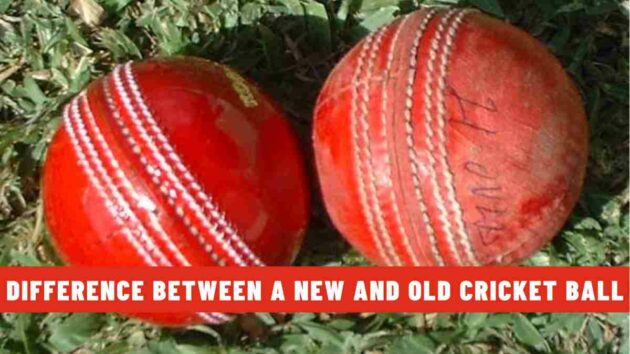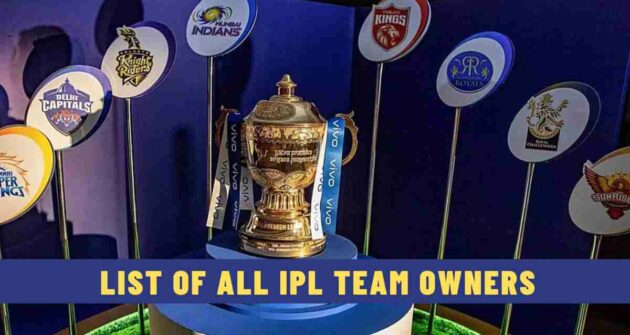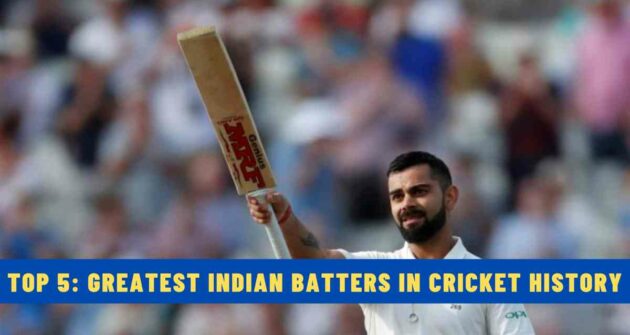Cricket, as you know, is a battle between bat and ball. Bowlers come steaming in with the ball in their hands, while batters protect their wickets and score as many runs as possible.
In this see-saw battle, where bowlers and batters look to get on each other, the tiny cricket ball dictates the terms. How exactly, you ask?
You see, bowlers use the ball to extract swing, spin, and bounce to outfox batters. On the other hand, batters tonk the ball all over the field to get runs on the board.
As the game progresses, the condition of the ball also changes. This affects the match dynamics, as a new ball turns into an old one.
And there are some differences between a new and an old cricket ball. Here, we’ll look at the key difference between a new and an old cricket ball.
New Cricket Ball
It’s a no-brainer that every cricket match starts with a brand-new cricket ball. It’s smooth, shiny, and has a raised-up seam.
Even though a new cricket ball is the same for everyone, it may have different things in store for everyone.
For Fast Bowlers: Overcast conditions, a tinge of grass on the pitch, and a new ball in the hand. Fast bowlers will smack their lips to bowl with a fresh ball in such conditions, which helps them to extract swing, pace, and bounce with the hard ball.
Seamers will trouble batters with seam and swing movement, while pacers will tear through batting lineups with sheer pace and bounce.
For Spinners: Generally, spinners don’t bowl much with a new ball. Since the ball is hard, it’s tough for spinners to grip the surface and turn the ball.
But this may not be the case always, as spinners can bowl with a new ball if it’s a spin-friendly pitch. Moreover, some captains bring their spinners early as a tactical move in limited-overs matches.
For Batters: Facing a new ball is a challenge for any batter. They need to be cautious in their approach while picking up the line and length of the ball.
If they time the shot perfectly, they can score runs easily. But a mistimed shot can cost them their wicket.
Also Read | All Types of Cricket Shots – A Complete Guide
Old Cricket Ball
A new cricket ball can’t be new for a longer time. It starts deteriorating as the game progresses, losing its shine and hardness.
For Fast Bowlers: As the ball ages, it becomes soft, loses its shine, and the seam starts to come off. So, it becomes a challenge for fast bowlers to extract conventional swing, pace, and bounce.
But if the bowling side maintains the ball well, with one side shinier and the other roughed up, pacers can generate reverse swing, which may catch batters off guard. Reverse swing with the old ball adds an element of surprise to the game.
For Spinners: As fast bowlers enjoy bowling with a new ball, spinners make the most of an old ball. As the old ball gets rougher, it helps spinners grip the pitch and turn the ball to a great extent.
This is why you will see spinners operating in the middle overs in limited-overs matches. Moreover, they get long spells in Test matches if there is help from the surface.
For Batters: With less swing, pace, and bounce, batters may have a good time batting in the middle against an old ball. Run scoring can become easy, but they need to be cautious against reverse swing and spin.
Conclusion
New and old cricket balls throw different challenges to the players. Those who know how to work around them can play effortlessly against new and old balls on any surface and condition.
Read Next | Who Invented Reverse Swing in Cricket?











